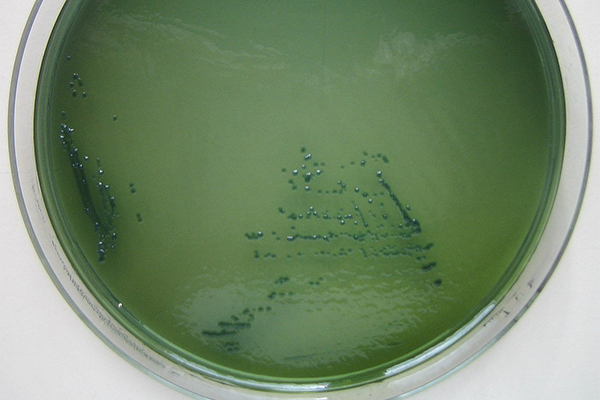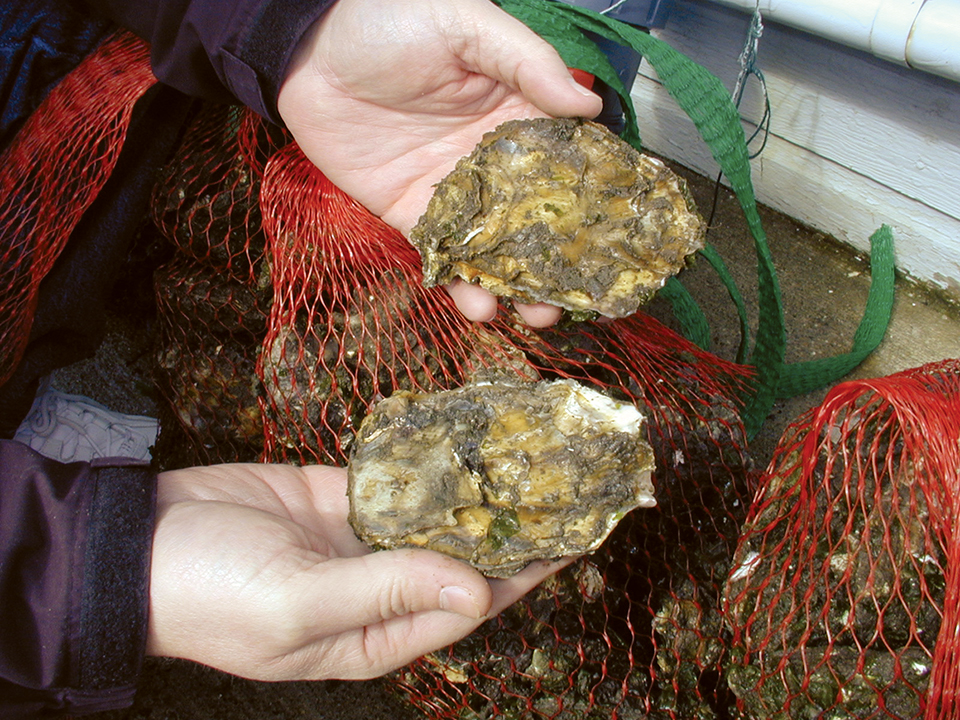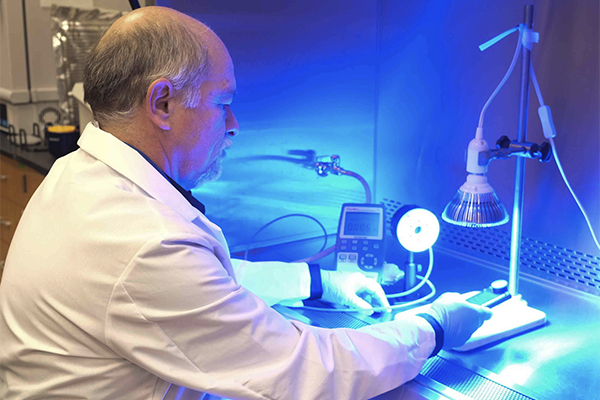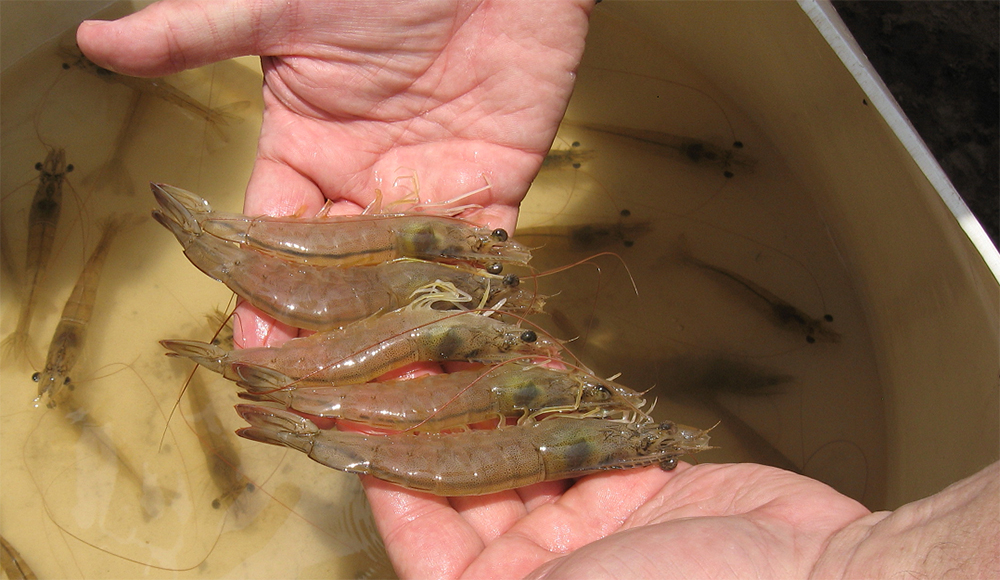New rapid test for Vibrio parahaemolyticus in seafood offers quick, low-cost solution, potentially averting foodborne outbreaks

Researchers have developed a groundbreaking point-of-care detection method for Vibrio parahaemolyticus, a bacterium responsible for many foodborne illnesses. The new platform, leveraging recombinant polymerase amplification (RPA) and the CRISPR/Cas12a system combined with an immunochromatographic test strip (ICS), offers a “low-cost, simple and visually intuitive solution” for the rapid detection of this pathogen in seafood. This new method marks a substantial improvement in food safety and public health measures.
Vibrio parahaemolyticus is a Gram-negative, halophilic bacterium prevalent in marine environments and is the primary cause of acute hepatopancreatic necrosis, also known as early death syndrome, in aquaculture. It represents a considerable public health hazard, especially by consuming raw or undercooked seafood. The bacterium can contaminate seafood surfaces, leading to foodborne outbreaks. Current detection methods, which rely on microbial isolation, culturing, and biochemical identification, are too slow for effective point-of-care testing (POCT).
However, scientists from the Shanghai Academy of Agricultural Sciences have unveiled a novel detection platform that identifies Vibrio parahaemolyticus within 30 minutes.
Minutes, not days: Partnership takes aim at rapid tests for shrimp diseases
This breakthrough overcomes the drawbacks of traditional culture-based methods, offering a faster, more accessible approach to monitoring seafood safety. The innovation could significantly reduce the risk of foodborne illness from seafood.
“Our innovative detection platform represents a significant advancement in the rapid and sensitive detection of Vibrio parahaemolyticus, proving especially valuable for ensuring seafood safety and preventing public health crises,” said Dr. Haijuan Zeng, the corresponding author and leader of the Biotechnology Research Institute at the Shanghai Academy of Agricultural Sciences.
This new method could lead to a rapid, cost-effective solution for use during food handling or at points of sale, shortening the detection timeframe and potentially averting foodborne illness outbreaks before contaminated products reach consumers.
Now that you've reached the end of the article ...
… please consider supporting GSA’s mission to advance responsible seafood practices through education, advocacy and third-party assurances. The Advocate aims to document the evolution of responsible seafood practices and share the expansive knowledge of our vast network of contributors.
By becoming a Global Seafood Alliance member, you’re ensuring that all of the pre-competitive work we do through member benefits, resources and events can continue. Individual membership costs just $50 a year.
Not a GSA member? Join us.
Author
Tagged With
Related Posts

Health & Welfare
Molecular biology lab in Scotland will expedite PCR testing for fish farming operations
A new molecular biology lab in Scotland will help expedite test results to fish farming operations using PCR.

Health & Welfare
Rapid PCR test for shellfish diseases in development
Researchers in Scotland are developing a test to rapidly detect a range of shellfish diseases and biofouling species affecting production.

Intelligence
Could blue light eradicate this common pathogen that plagues food processing facilities?
Research suggests that blue light could effectively destroy Listeria monocytogenes, a common contaminant that plagues food processing plants.

Health & Welfare
New nested PCR test targets gene specific to farmed shrimp pathogen EHP
A new nested PCR method specific to farmed shrimp pathogen EHP can be used in routine diagnostics and is also useful to detect low-grade EHP infection.



